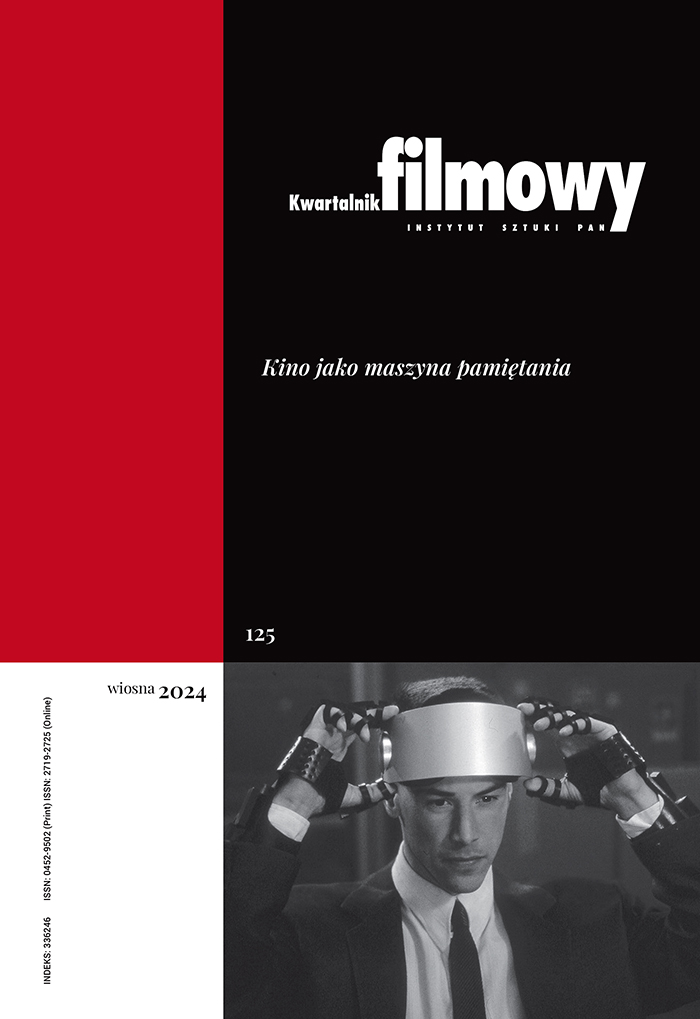Bright Hopes, Dark Dreams: A Guide to New British Cinema
Abstract
The international success has raised the profile of British cinema; but only a tiny fraction of British films released every year become box-office hits and the contours of this new British cinema remain vague and ill defined. In this essay the author looks briefly at the careers of directors and outlines the three genres that have dominated British cinema since 1997 – romantic comedy, crime, and horror – to ascertain whether a viable national cinema has been established in the past ten years. Surprisingly, most of the box-office hits came from new directors, some of whom – notably Danny Boyle and Roger Michell – have gone on to pursue interestingly idiosyncratic careers. The past decade has also been notable from the emergence of young directors – Macdonald, Auerbach, Rumley, Ramsay, Evans, Pawlikowski, Meadows, Metzstein, Kapadia, Sheridan in particular – who are following in the footsteps of Michael Winterbottom in making films which defy the division between art and commercial cinema.
- The text is a translation of the chapter Bright Hopes, Dark Dreams: A Guide to New British Cinema from the volume The British Cinema Book, ed. Robert Murphy, British Film Institute Publishing, London 2001. © 2001 by British Film Institute Publishing.
Due to copyright restrictions the article is available in the print version only.
Keywords:
new British cinema, romantic comedy, crime movie, horrorReferences
Nie dotyczy / Not applicable
Google Scholar
Authors
Robert Murphykwartalnik.filmowy@ispan.pl
De Montfort University United Kingdom
Profesor Film Studies na Uniwersytecie De Montfort. Autor wielu książek na temat kina brytyjskiego, m.in. British Cinema and the Second World War (2000). Redaktor The British Cinema Book (2001) i Directors in British and Irish Cinema (2006).
Statistics
Abstract views: 221License
Copyright (c) 2005 Robert MurphyThe author grants the publisher a royalty-free non-exclusive licence (CC BY 4.0) to use the article in Kwartalnik Filmowy, retains full copyright, and agrees to identify the work as first having been published in Kwartalnik Filmowy should it be published or used again (download licence agreement). The journal is published under the CC BY 4.0 licence. By submitting an article, the author agrees to make it available under this licence.
In issues from 105-106 (2019) to 119 (2022) all articles were published under the CC BY-NC-ND 4.0 licence. During this period the authors granted a royalty-free non-exclusive licence (CC BY-ND 4.0) to use their article in „Kwartalnik Filmowy”, retained full copyright, and agreed to identify the work as first having been published in our journal should it be published or used again.











